

The sparkling wines of Champagne: A celebration of bubbles
From the vineyards to the bottle, discover the craftsmanship behind the world’s most famous sparkling wine.
In Burgundy, the vineyard defines the wine, and each bottle tells a unique story.
– Unknown
The art of Champagne production: From vineyard to bottle
Champagne is the world's most famous sparkling wine, and for good reason. It is crafted with precision and expertise in the Champagne region of France, where centuries of tradition meet modern techniques. The art of Champagne production begins in the vineyard, where the unique terroir, climate, and grape varieties come together to create the ideal base for the sparkling wine.
The region is divided into three main sub-regions, each contributing to the complexity and variety of Champagne:
- Montagne de Reims: Known for its Pinot Noir, this area creates Champagne with depth and structure, offering a rich, full-bodied profile.
- Vallée de la Marne: Famous for Pinot Meunier, this sub-region offers fruit-forward Champagne with a soft, approachable style.
- Côte des Blancs: Home to Chardonnay, this area produces Champagne that is elegant, crisp, and often mineral-driven, showcasing freshness and complexity.
The process of making Champagne involves secondary fermentation, which occurs in the bottle, creating the signature bubbles that have become synonymous with celebration. The craftsmanship involved in Champagne production is a careful balance of nature, heritage, and precision.
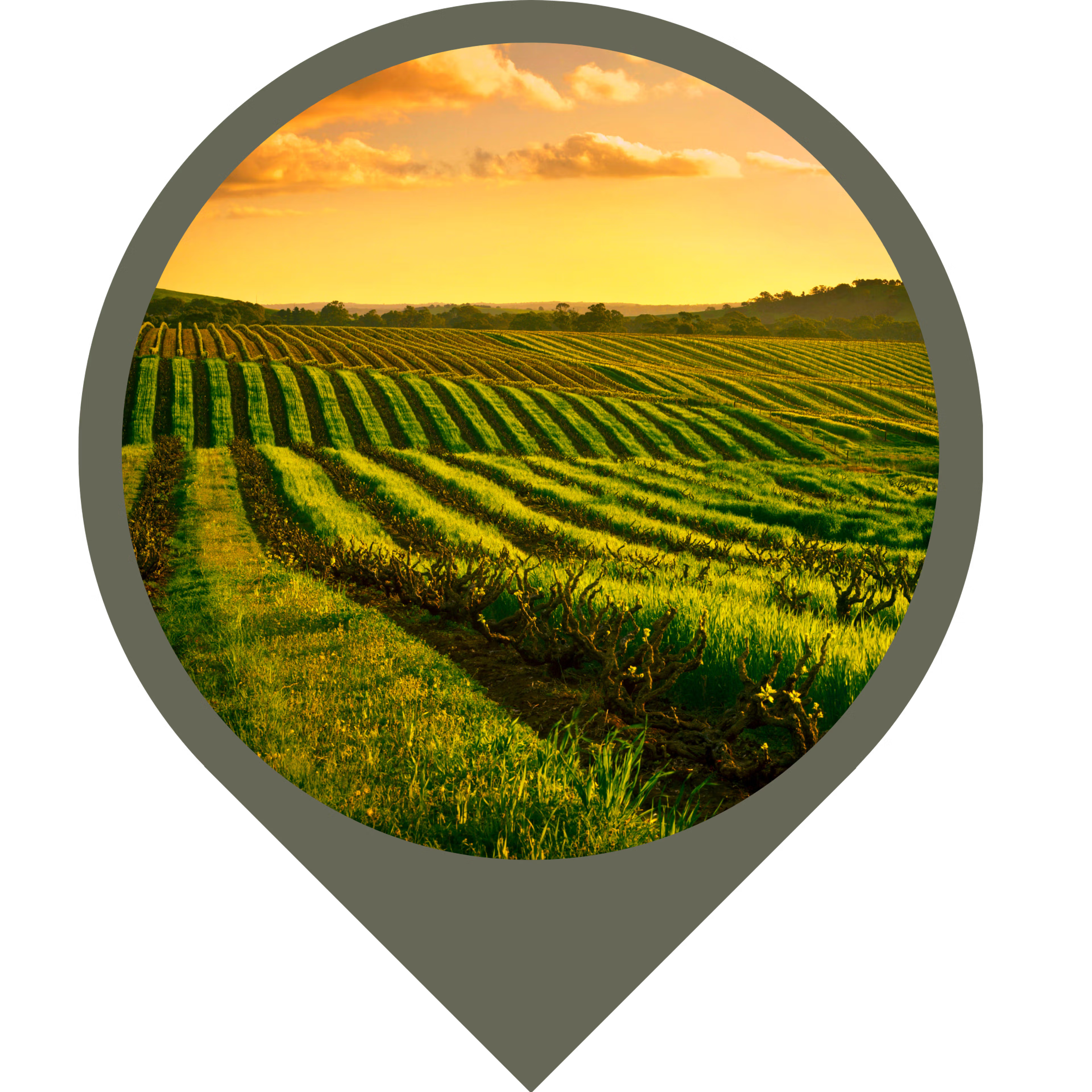
Explore the Champagne sub-regions
Montagne de Reims, Vallée de la Marne, and Côte des Blancs
Champagne is divided into three main sub-regions, each with its own unique characteristics and contribution to the wine’s complexity.
Montagne de Reims: Known for its Pinot Noir, this region produces Champagne with structure and depth, offering a rich, full-bodied style. This area is essential for creating wines that are robust and complex, with intense flavors.
Vallée de la Marne: Famous for Pinot Meunier, this region adds a fruit-forward character to Champagne. Wines from this area are soft, approachable, and have vibrant flavors of apple and pear, making them perfect for a younger drinking style.
Côte des Blancs: Known for Chardonnay, the Côte des Blancs creates elegant and crisp Champagne. The wines produced here are mineral-driven, with aromas of citrus and floral notes, making them perfect examples of freshness and refinement.
These sub-regions are crucial in shaping the overall style and expression of Champagne, ensuring a diversity of styles that can cater to every palate.
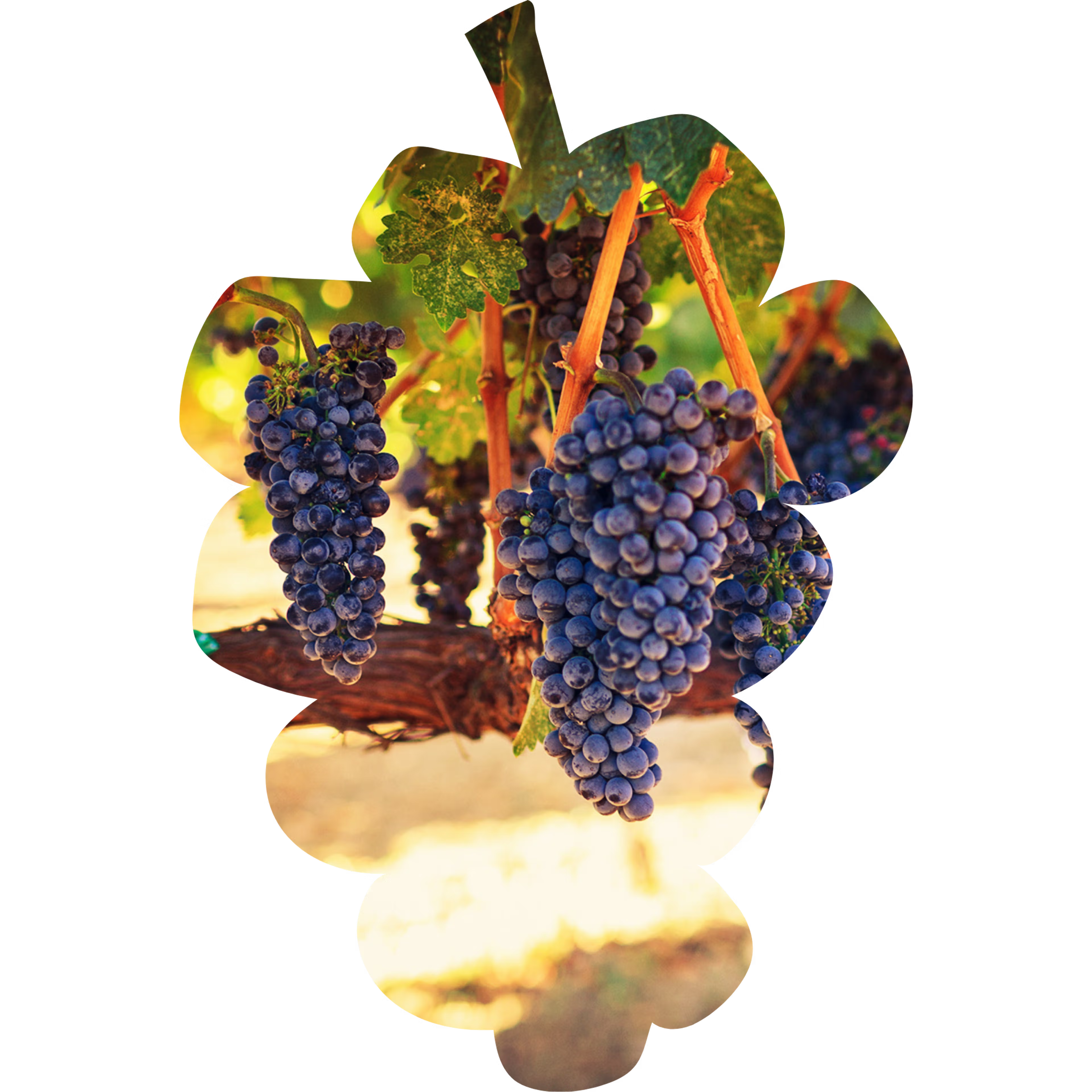
The grapes behind Champagne’s world-class sparkling wine
Chardonnay, Pinot Noir, Pinot Meunier
Champagne is made from three main grape varieties, each contributing its own character and qualities to the wine:
Chardonnay: Known for producing elegant, fresh, and mineral-driven Champagne, Chardonnay is the cornerstone of the Côte des Blancs. It lends crisp acidity, floral notes, and citrus flavors to the wine, making it perfect for aging and adding finesse.
Pinot Noir: This grape is known for providing structure and depth to Champagne. It’s widely grown in Montagne de Reims and contributes richness and body to the wine, with flavors of dark fruit and a robust finish.
Pinot Meunier: Often associated with Vallée de la Marne, Pinot Meunier brings a fruitier, softer style to Champagne. Wines from this grape are often more approachable, with bright, fruity flavors and a round mouthfeel.
These three grapes work together to create the perfect balance in Champagne, offering freshness, complexity, and richness in each bottle.
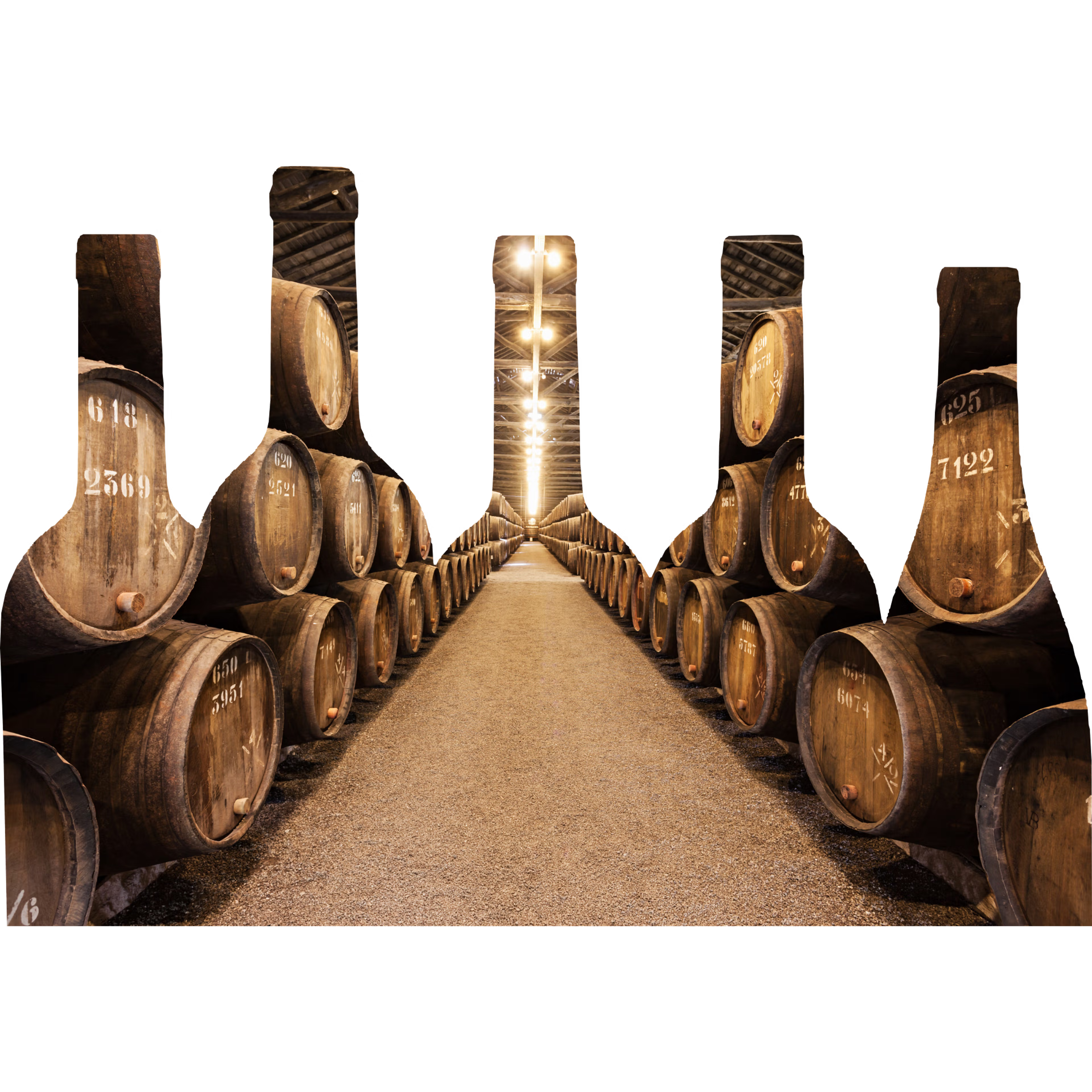
Iconic Champagne houses
Dom Pérignon, Krug, Bollinger, Louis Roederer
Burgundy’s fame is built on the craftsmanship of its legendary producers, who respect the land and have honed their techniques over centuries. These estates produce wines that are revered around the world.
Domaine de la Romanée-Conti (DRC) is arguably the most prestigious estate in Burgundy. Producing wines from several Grand Cru vineyards, including the world-renowned Romanée-Conti, DRC wines are known for their unparalleled complexity, elegance, and long aging potential. Bottles from this estate are among the most expensive and sought-after globally.
Domaine Leflaive, based in Puligny-Montrachet, is celebrated for its exceptional white wines made from Chardonnay. With holdings in some of the most prestigious vineyards in the Côte de Beaune, Domaine Leflaive crafts wines with rich textures, minerality, and incredible aging capacity. Its Montrachet and Bâtard-Montrachet are particularly revered.
Domaine Leroy is another iconic name, producing wines known for their biodynamic practices and attention to detail. Owned by Lalou Bize-Leroy, the domaine is celebrated for its intense and powerful Pinot Noirs from vineyards in Vosne-Romanée, Clos de Vougeot, and beyond. These wines are known for their concentration and depth.
Many other producers, such as Domaine Faiveley, Domaine Ponsot, and Maison Louis Jadot, contribute to Burgundy’s prestige, ensuring that the region remains at the forefront of the wine world.
Memorable Champagne vintages
Several vintages stand out in Champagne history for their exceptional quality and aging potential. These years have produced wines that are not only celebrated for their complexity but also for their longevity.
1996 – A legendary vintage
The 1996 vintage is regarded as one of the best Champagne years of the 20th century. It was marked by a cool climate that resulted in high acidity and excellent aging potential. The wines from this year have a brilliant structure, with freshness and vibrant citrus notes, making them perfect for long-term cellaring.
2002 – A warm and rich year
The 2002 vintage produced ripe, full-bodied wines with great richness. The warm weather allowed the grapes to reach full ripeness, contributing to Champagne with intense fruit flavors and a smooth texture. The wines from 2002 are known for their balance and complexity, making them highly collectible.
2008 – A year of precision and freshness
The 2008 vintage was defined by a cooler climate, which led to fresh, crisp Champagne with remarkable acidity. The wines from this vintage are often described as elegant, with floral aromas and citrus notes. 2008 Champagne is known for its longevity and is expected to improve significantly with age.
2012 – A balanced and refined year
The 2012 vintage is characterized by a balanced climate that resulted in Champagne with richness and refinement. The wines are elegant, with subtle complexity and floral aromas. The 2012 vintage is expected to develop well over time, showcasing the excellent aging potential typical of top Champagne years.
Keep your wines at the perfect temperature
Find the ideal wine cooler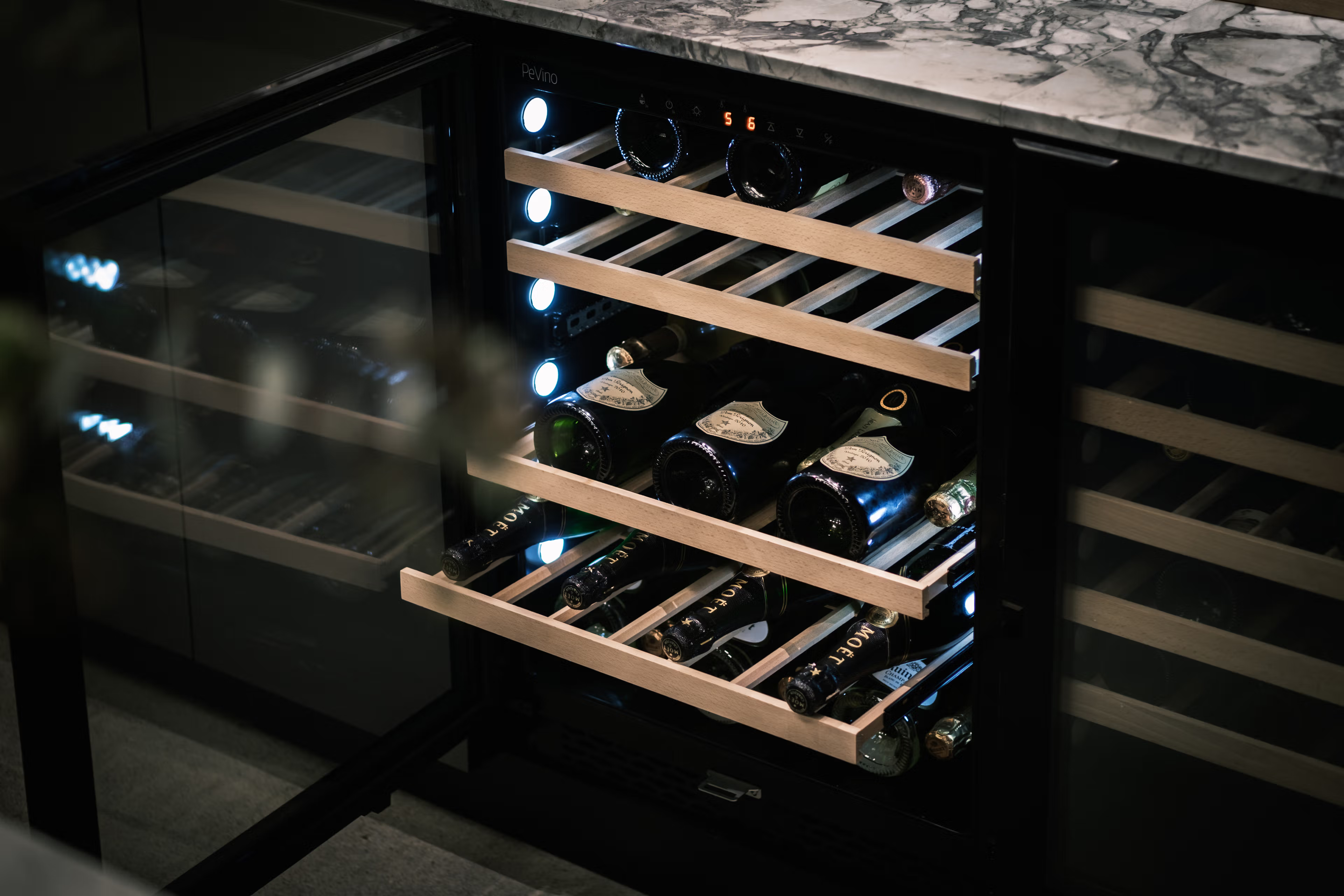
Showcase your collection in style
Discover elegant wine racks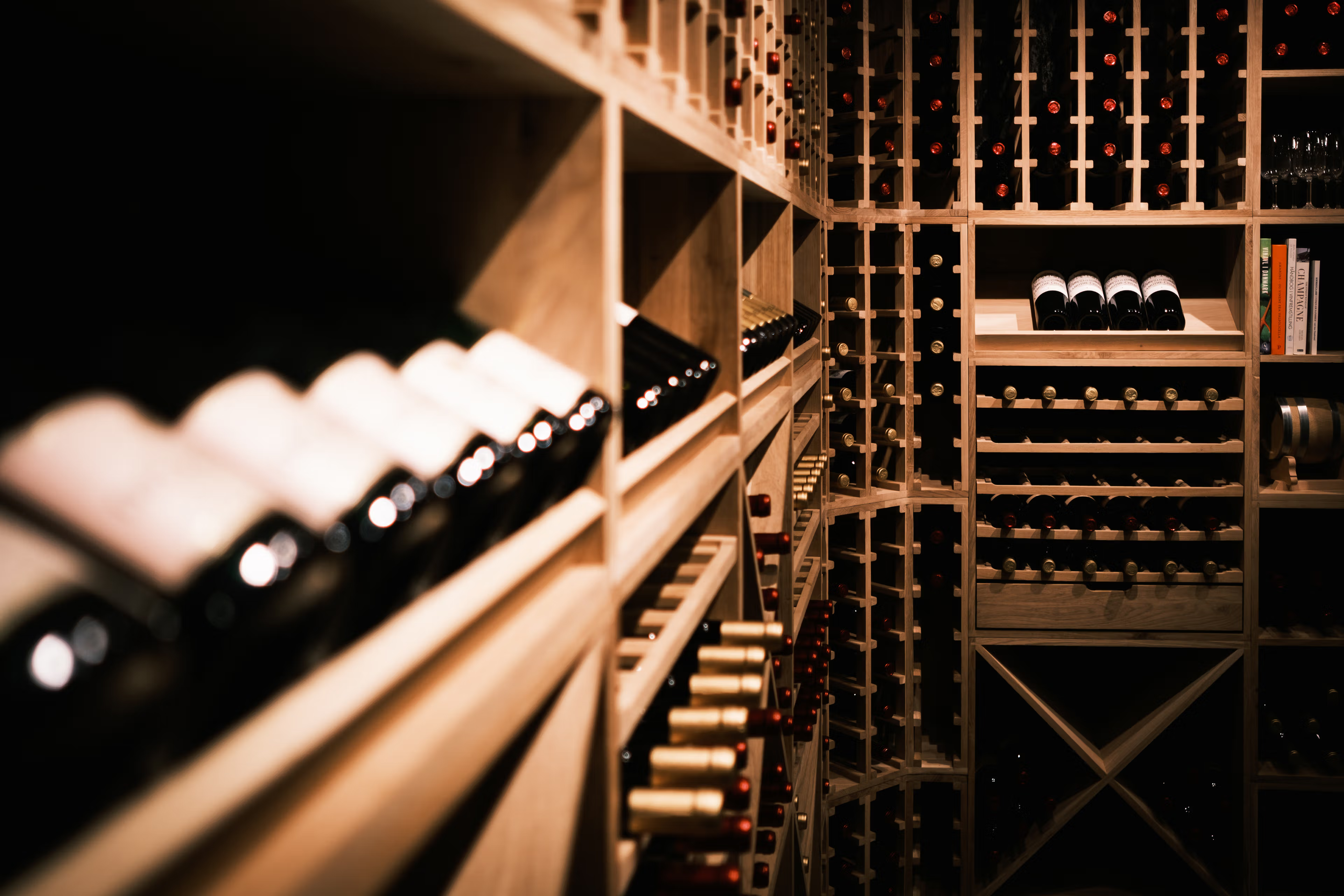
The Art of Champagne Production: A Comprehensive Guide
Champagne, the sparkling wine synonymous with celebration and elegance, is produced in the Champagne region of northeastern France. Known for its unique terroir, including chalky soils and a cool climate, Champagne is one of the most complex and prestigious wines in the world.
The Terroir of Champagne
Champagne’s terroir plays a crucial role in shaping the wine's distinct characteristics. The region is known for its chalky soil, which retains moisture and provides ideal conditions for grape cultivation. The cool climate allows the grapes to maintain their acidity and freshness, which are essential for the sparkling wine’s balance. These environmental factors, combined with centuries of winemaking tradition, make Champagne a wine of unparalleled quality.
The Champagne Production Process
The production of Champagne follows a meticulous process, known as the traditional method or méthode champenoise. After the initial fermentation, the wine undergoes secondary fermentation in the bottle, which is what gives Champagne its signature bubbles. This process also involves aging the wine on its lees (the dead yeast cells), which adds complexity, texture, and richness to the wine.
The Key Grape Varieties of Champagne
Champagne is made from three main grape varieties, each of which contributes distinct characteristics to the final wine:
- Pinot Noir: Known for adding structure and depth, Pinot Noir is mainly grown in the Montagne de Reims region and is key to creating Champagne with richness and complexity.
- Pinot Meunier: Grown primarily in the Vallée de la Marne, Pinot Meunier contributes a fruit-forward character, producing Champagne that is approachable and smooth.
- Chardonnay: The Côte des Blancs is famous for producing exceptional Chardonnay, which imparts freshness, elegance, and a mineral-driven profile to Champagne.
Each grape variety plays a pivotal role in creating the balance and complexity that define Champagne.
Sub-regions of Champagne
The Champagne region is divided into three key sub-regions, each known for contributing specific qualities to the wine:
- Montagne de Reims: Known for its Pinot Noir, this area produces Champagne with depth, structure, and richness.
- Vallée de la Marne: This region, home to Pinot Meunier, adds a fruitier, softer style to Champagne, making it more approachable.
- Côte des Blancs: Renowned for its Chardonnay, this sub-region produces elegant, crisp Champagne with floral notes and mineral character.
These sub-regions contribute to the overall complexity and diversity of Champagne, ensuring a range of styles to suit every palate.
Notable Champagne Producers
Some of the most prestigious Champagne producers have made a name for themselves by consistently producing exceptional Champagne. These houses are synonymous with luxury, quality, and craftsmanship:
- Dom Pérignon: Known for producing vintage Champagne that embodies elegance and complexity, Dom Pérignon is one of the most iconic brands in the Champagne world.
- Krug: Renowned for its multi-vintage blends, Krug Champagne is famous for its richness, boldness, and depth.
- Bollinger: With a focus on Pinot Noir, Bollinger is known for producing full-bodied, robust Champagne that’s rich in flavor.
- Louis Roederer: The producer of Cristal, Louis Roederer is recognized for its purity, balance, and refinement, crafting Champagne with excellent aging potential.
These producers have mastered the art of Champagne-making and continue to set the standard for luxury sparkling wine.
Key Champagne Vintages
Certain Champagne vintages stand out for their exceptional quality and aging potential. These key vintages have been hailed for their ability to develop complexity over time:
- 1996: Known for its high acidity and excellent aging potential, 1996 Champagne has a balanced structure, with freshness and vibrant citrus flavors.
- 2002: A warm vintage that produced ripe, rich Champagne with intense fruit flavors and a smooth texture.
- 2008: A cooler year that resulted in Champagne with precision, freshness, and remarkable acidity, making it ideal for aging.
- 2012: This vintage produced Champagne that is both balanced and refined, showcasing floral aromas and silky texture.
These vintages are sought after by collectors and are known for their longevity and complexity.
The Global Influence of Champagne
Champagne has had a significant influence on the sparkling wine industry worldwide. Its production methods, strict regulations, and commitment to quality have inspired winemakers across the globe to craft wines that aim to emulate its style and excellence. However, nothing quite compares to the original – Champagne remains the benchmark for sparkling wines and is synonymous with celebration and luxury.